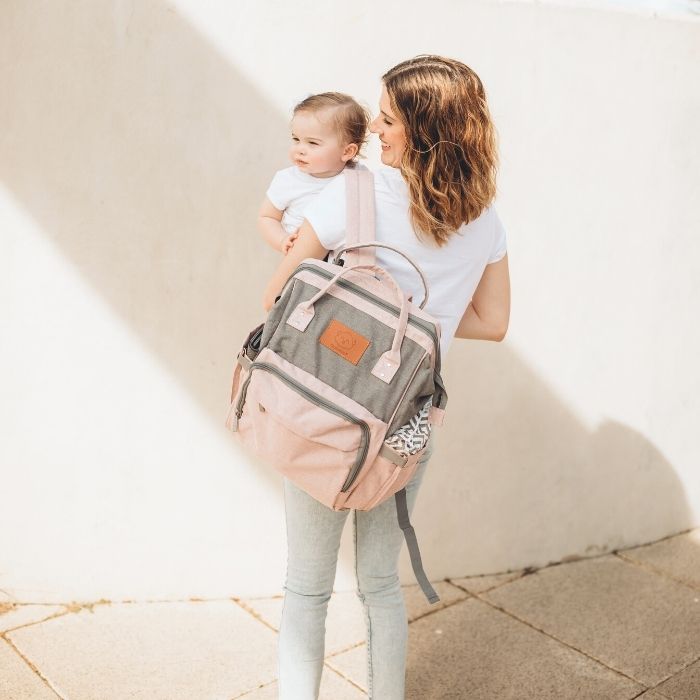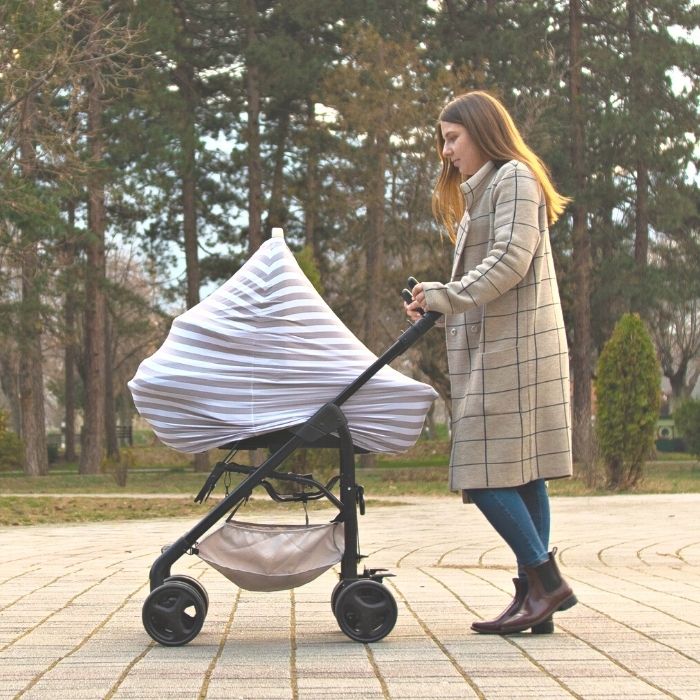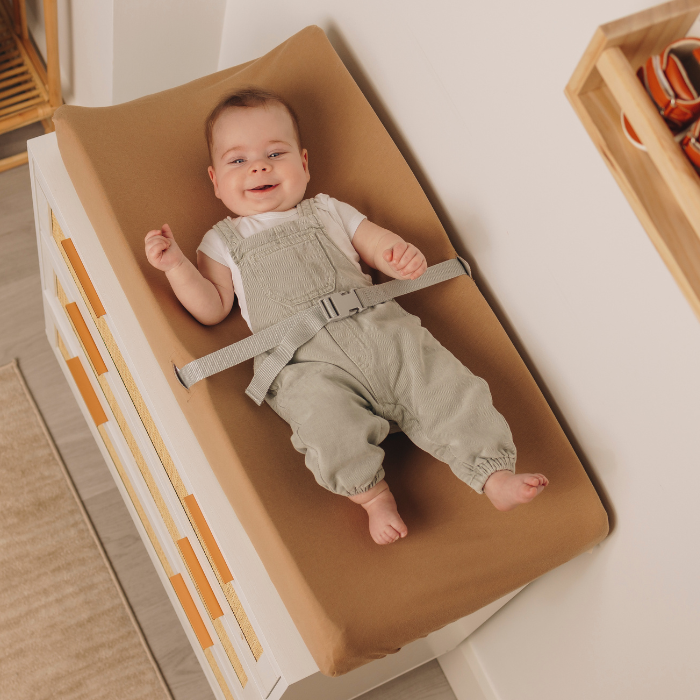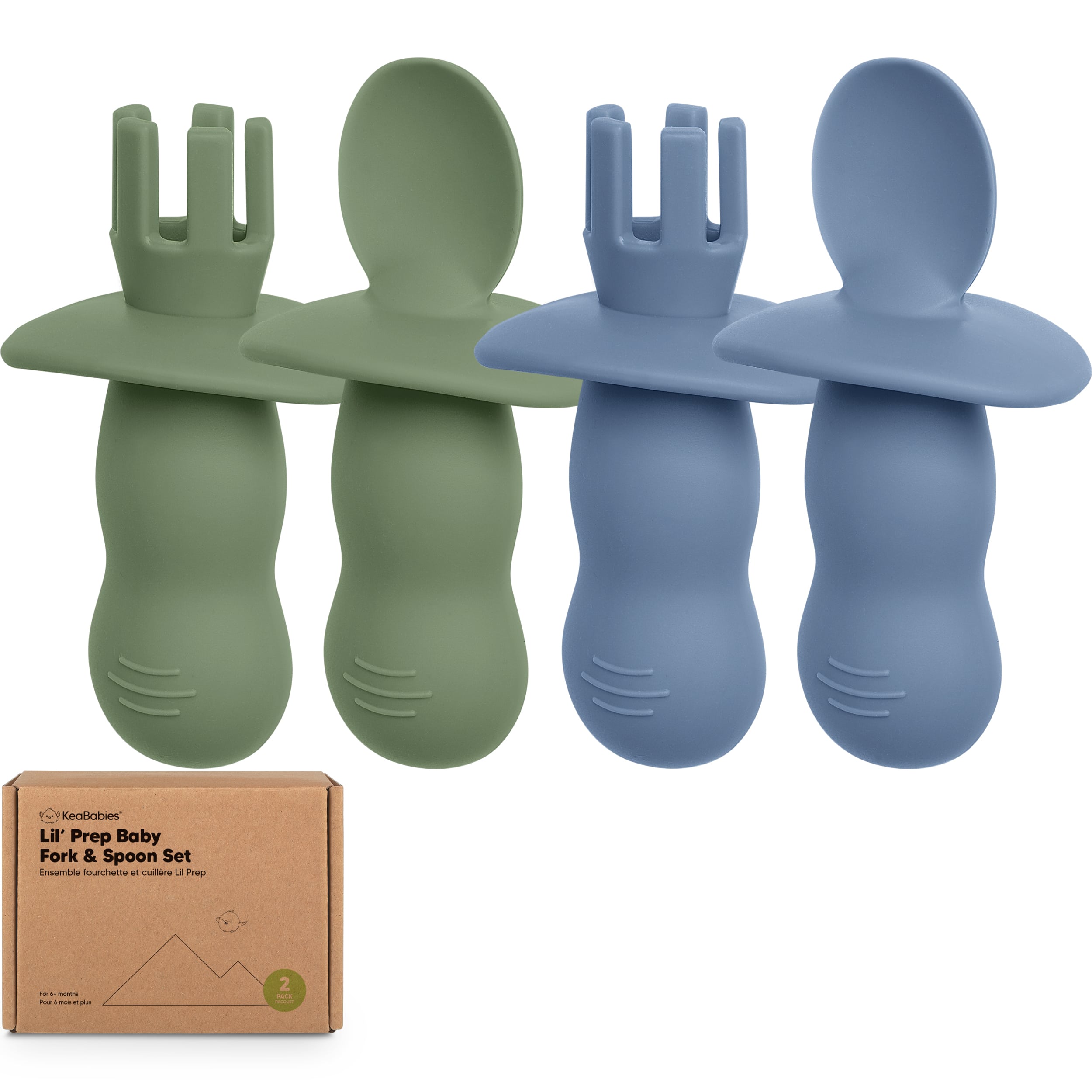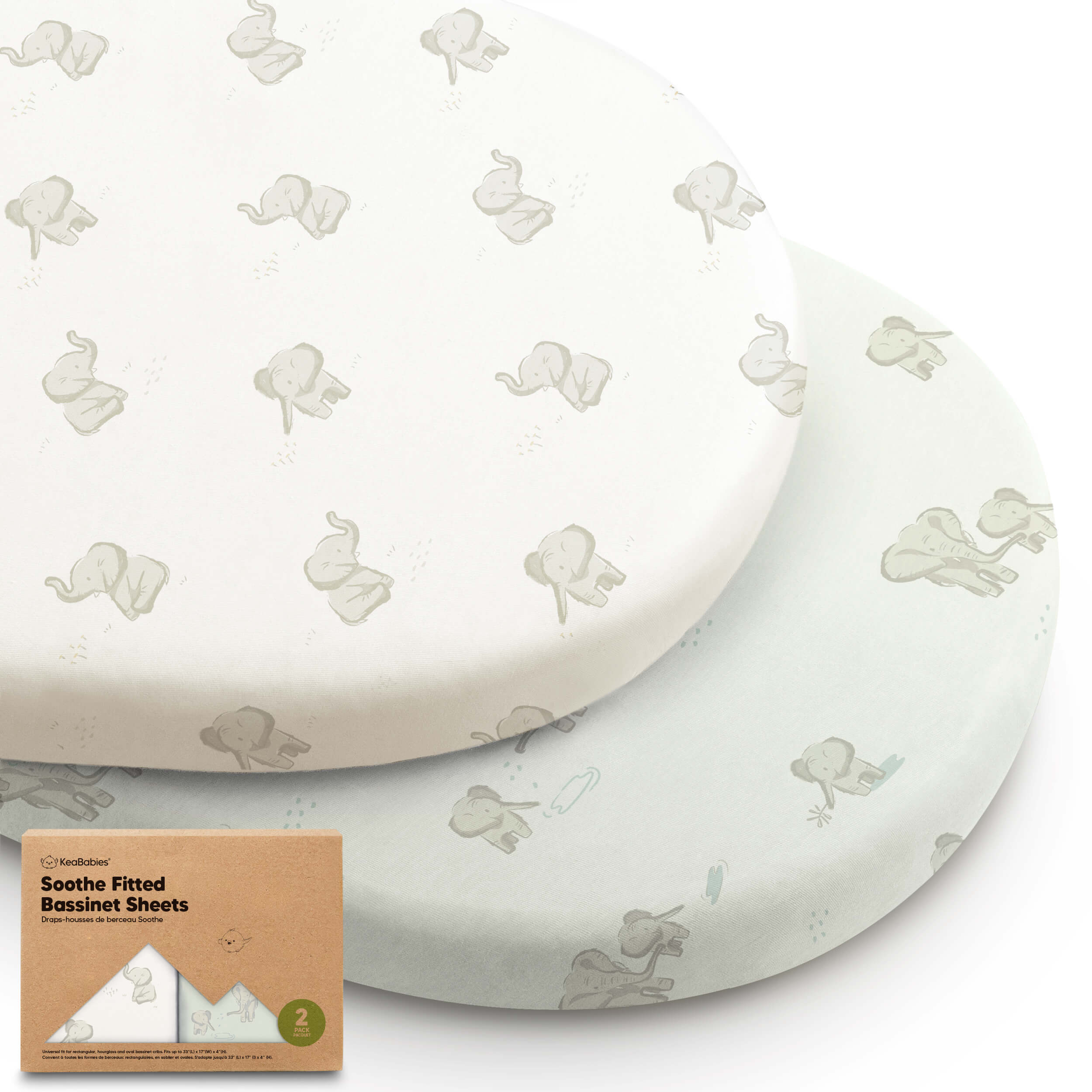
How to Help Your Baby Adjust to End of Daylight Saving Time Smoothly
The clocks are changing soon, which means your little one's schedule might be thrown off temporarily as they adjust to the time difference. Whether we spring forward or fall back, Daylight Saving Time can affect your baby's routine. Here are some ways to help them adjust.
Summary
The end of Daylight Saving Time can easily disrupt your baby or toddler’s sleep routine, but with some planning and patience, the transition can be much smoother. By understanding how the time change affects your child’s internal clock, parents can choose between a gradual adjustment or a direct shift based on their baby’s temperament. Simple strategies, like shifting bedtime by 10–15 minutes a few days in advance, using morning sunlight to reset your baby’s circadian rhythm, and keeping bedtime routines consistent, help ease the change. Creating a calm, dark sleep environment and maintaining predictable nap and feeding times are key to minimizing early wake-ups and nighttime disruptions. For families who need extra support, consulting a pediatric sleep specialist can offer personalized guidance. With these practical steps, parents can help their little ones adjust naturally and keep the whole household well-rested through the “fall back” time change.
Looking for a practical, step-by-step guide for navigating Daylight Saving Time with your baby or toddler? As we change the clocks yet again, it's normal to feel dread about disruptions to your child's sleep routine. There are two main methods (gradual adjustment vs. a hard shift) parents use, and a certain one might work best for different baby temperaments. We've compiled the best tips on managing light exposure, nap times, and routines to make the transition smoother for the whole family.
Introduction to Daylight Saving Time: Why We Have It
Daylight Saving Time (DST) ends on the first Sunday in November each year, requiring parents to adjust their baby’s sleep schedule by an hour. Daylight Savings is meant to conserve energy by having the most daylight in the evening hours, meaning less dependency on artificial lights. Even though it is only one hour, this can be a challenging time for many families, especially when it comes to their baby's sleep patterns and establishing a consistent bedtime routine.
The time change can affect your baby, causing early morning wake-ups and disrupting their internal clock, which is why it’s essential for parents to understand how daylight saving time works and its impact on baby’s sleep.
Preparing for the time change in advance can help minimize sleep problems and ensure a smooth transition for babies and toddlers, which is crucial for their overall well-being and development - and a more rested mom or dad is a better parent, too.
A well-planned approach to adjusting baby or toddler sleep schedules can make a significant difference in helping them adapt to the new time, and it’s essential to consider factors like light exposure, sleep periods, and your child’s circadian rhythm.
Preparing for the Time Change: Adjusting Baby Sleep
Start adjusting your baby’s sleep schedule a few days before the time change to minimize disruptions, and consider gradually shifting their wake-up time and bedtime by 10-15 minutes each day to help them adjust to the new time.
Establish a consistent bedtime routine to signal to your baby that it’s time for sleep, and maintain a dark room and quiet environment to promote quality rest and help regulate their internal clock. To make bedtime even more comforting, try using a snug-fit and smart swaddle like the KeaBabies Soothe Swaddle Wraps with Knot Hats, designed to help your little one feel secure and sleep more soundly through the night.
Use your child's wake time to your advantage! Use daylight cues, such as increasing outdoor play during the day and dimming lights in the late afternoon, to help your baby adjust to the new schedule and reduce the risk of sleep issues.
Consider the impact of the time change on your baby’s nap times and adjust their schedule accordingly to ensure they get enough rest and don’t experience trouble eating or other sleep-related problems. It can take about a week or so to help your baby or toddler adjust to the new routine, so give yourself grace if it seems a little chaotic at first!
Understanding Baby Sleep
Infant sleep is regulated by a child’s internal clock, which is influenced by light exposure and darkness, and it’s important to understand how this works to help your baby adjust to the time change. It's amazing how waking up an hour earlier or later can have such a huge impact on your little one's overall mood and behavior.
A consistent sleep schedule is crucial for babies and toddlers, and disruptions to this schedule can cause sleep problems and affect their overall well-being, which is why it’s essential to prioritize establishing a consistent bedtime routine and sleep schedule before we "spring forward" or "fall back."
Babies and toddlers have different sleep needs, and it’s essential to tailor your approach to your child’s unique needs and adjust their sleep schedule accordingly to ensure they get enough rest and don’t experience sleep-related problems. Your baby's circadian rhythm is related to light exposure, so try to spend lots of time outdoors, open the windows, and allow your little one to get plenty of sunlight each day.
The time change can affect babies and toddlers differently, and it’s essential to be patient and flexible when adjusting their sleep schedule to ensure a smooth transition and minimize sleep issues.
Adjusting to the New Time
After the time change, it may take a few days (or weeks) for your baby to adjust to the new sleep schedule, so be patient. Stay consistent with their bedtime routine, and consider using tools like a color-changing clock (for toddlers) to help them understand the new time.
Gradually shift your baby’s entire schedule, including wake-up time, nap times, and bedtime, to help them adjust to the new time, and maintain a consistent sleep environment to promote better sleep and reduce the risk of sleep issues. Try to follow their typical schedule, just adjusting by one hour.
Use light exposure to help regulate your baby’s internal clock, and keep the room dark during sleep periods to promote better sleep and help them adjust to the new time. Your baby's circadian rhythm can be largely affected by light, so having quiet time in a dimly-lit room before bed can help them fall asleep and wake up on schedule. For added comfort and security during bedtime, consider wrapping your baby in a soft Lumi Muslin Swaddle Blanket, which can help soothe your little one and promote restful sleep.
Consider the impact of the time change on your baby’s eating schedule and adjust their feeding times accordingly to ensure they don’t experience trouble eating or other sleep-related problems. Even if you don't really have a set schedule, your baby will be happier overall if you establish consistency in their daily routine.
Tips for a Smooth Transition For The End of Daylight Savings This Year
As we approach the end of daylight savings for this year, it's normal to worry about how your baby or toddler will adjust. It's normal to experience sleep times that are off, sleep disruptions, a later bedtime, a sudden early riser, or frequent waking during the night. Here are some ways you can support your child through this transition.
Start preparing for the time change a week in advance to minimize disruptions, and consider gradually shifting your baby’s sleep schedule by 10-15 minutes each day to help them adjust to the new time. You might find yourself waking them up from a long nap, or adjusting bedtime to account for the upcoming "fall back" time change.
Whatever you do, maintain a consistent bedtime routine and sleep schedule to help your baby adjust to the new time, and use daylight cues to regulate their internal clock and promote better sleep. Always be patient and flexible when adjusting your baby’s sleep routine, and consider seeking professional help if you’re experiencing persistent sleep issues, which can affect your baby’s overall well-being and development - and your sanity as a parent!
Keep the room dark during sleep periods and use white noise machines or other sleep aids to promote better rest and help your baby adjust to the new time. If your little one is struggling with bedtime, consider investing in blackout shades, a sound machine, and a comfortable pillow like the KeaBabies Toddler Pillows to help lull them to sleep. If they wake during the night, it’s easier to guide them back to bed with a consistent routine, including patting their back, playing white noise or lullaby music, and having quiet time in the evening before the bedtime routine.
Common Challenges: How To Have A More Well Rested Child
Early morning wake-ups are common after the time change, but can be managed with a consistent bedtime routine and gradual adjustments to the sleep schedule, which can help regulate your baby’s internal clock and promote better sleep.
Some babies may experience trouble eating or even digestive issues due to the time change, so it’s essential to monitor their feeding schedule and adjust it accordingly to ensure they don’t experience sleep-related problems.
Disruptions to any sleep patterns can cause fussiness and irritability in babies and toddlers, so it’s essential to prioritize establishing a consistent bedtime routine and sleep schedule to minimize sleep issues related to the "fall back" change in time.
Traveling across time zones can exacerbate sleep issues, so it’s essential to plan ahead and adjust your baby’s sleep schedule accordingly to ensure a smooth transition and minimize sleep-related problems during to daylight saving time.
Here's how to help your baby adjust to end of daylight savings time:
If you're not sure where to start, here's how you can help your child adjust:
Gradual change:
Adjust your toddler's schedule with gradual change to ensure minimal disruption. Shift their bedtime, morning wake time, and nap times 20-30 minutes earlier before the end of daylight saving time. This gradual shift is easier on most babies and toddlers then a sudden shift.
Maximize light in the morning:
Help your child wake a bit earlier by maximizing sunlight in the morning. This can make a big difference in your child's schedule. The light helps them regulate their internal clock and deal with the time change.
Have patience:
Changing a routine by an entire hour can make a big difference for your child. It is typical for a child to wake up earlier or later than usual, have a harder time falling asleep when it's time for bed, and experience more frequent waking during the night. It can take up to a few weeks for your little one to adjust to the time change, so be patient with them (and yourself) as you all account for the new routine.
Control light in the bedroom:
When it's time for bed, be sure that your child's room is dark and quiet. Having quiet time before bed can be helpful in winding down after a long day. Engage in peaceful, calm activities like reading, singing, or coloring. Use blackout shades or curtains to have better control over light in the bedroom.
Keep the routine consistent:
In the days leading up to daylight saving or the end of daylight saving time, maintain a very consistent, predictable routine. Your child will thrive on knowing what to expect for waking up, going to bed, and nap time. About one hour before bed, you can dim the lights, shut the curtains, and quiet the house. In the morning, open the curtains, turn on lights, and start making noise. Before nap, close the curtains and read a book or two to help wind down for rest time.
Talk to a sleep consultant.
Speaking with an infant or child sleep consultant can help struggling parents practice new techniques to improve their little one's rest. The time change can really throw off your child's schedule, whether it's a "spring forward" or "fall back" change. A sleep consultant can help parents come up with a typical schedule, troubleshoot issues, and improve the child's routine to ensure more quality rest.
Help your little one adjust to the time change with these tips.
The end of daylight saving time can throw your child's schedule off, whether they wake up just a few minutes earlier from their nap, sleep an extra hour in the mornings, or experience more frequent waking during the night. By following these small changes to your routine in the days leading up to the time change, you can help your child better adjust to the switch!
|
|
Meet Our KeaMommy Contributor: Kaitlyn Torrez I’m Kaitlyn Torrez, from the San Francisco Bay Area. I live with my husband and two children, Roman and Logan. I’m a former preschool teacher, currently enjoying being a stay at home mom. I love all things writing, coffee, and chocolate. In my free time, I enjoy reading, blogging, and working out. |


